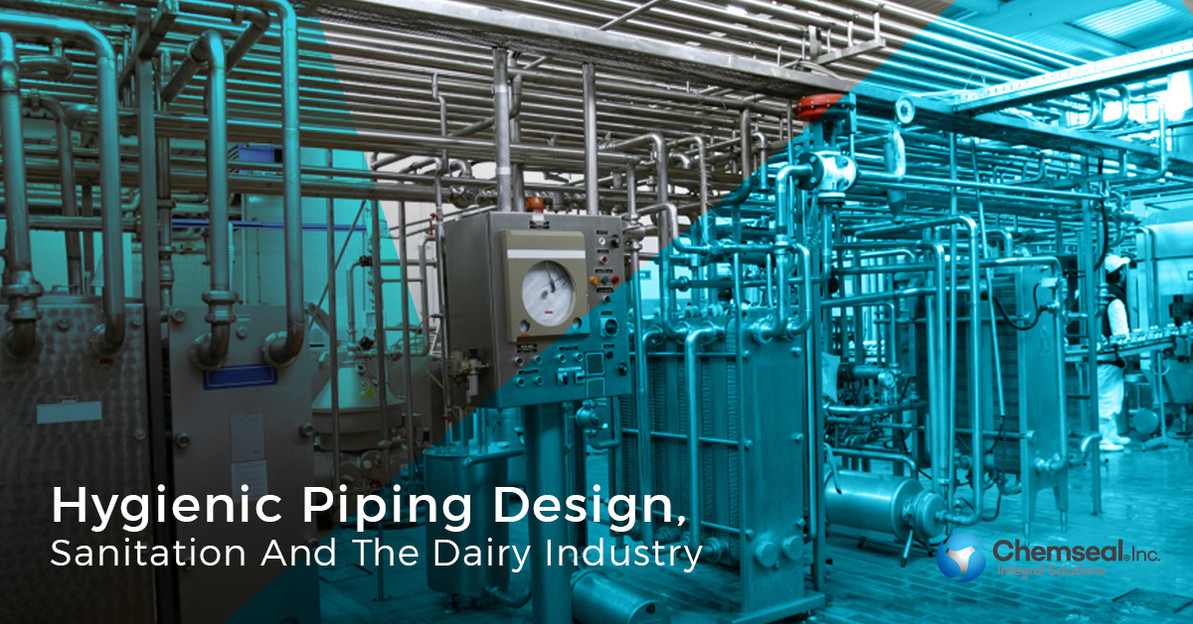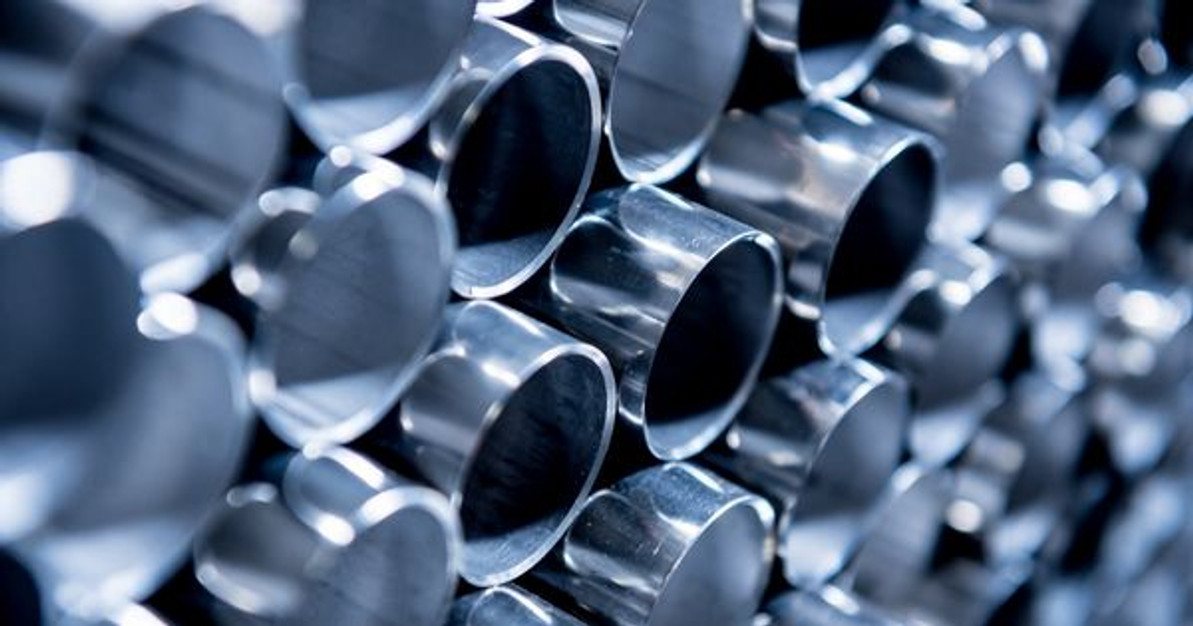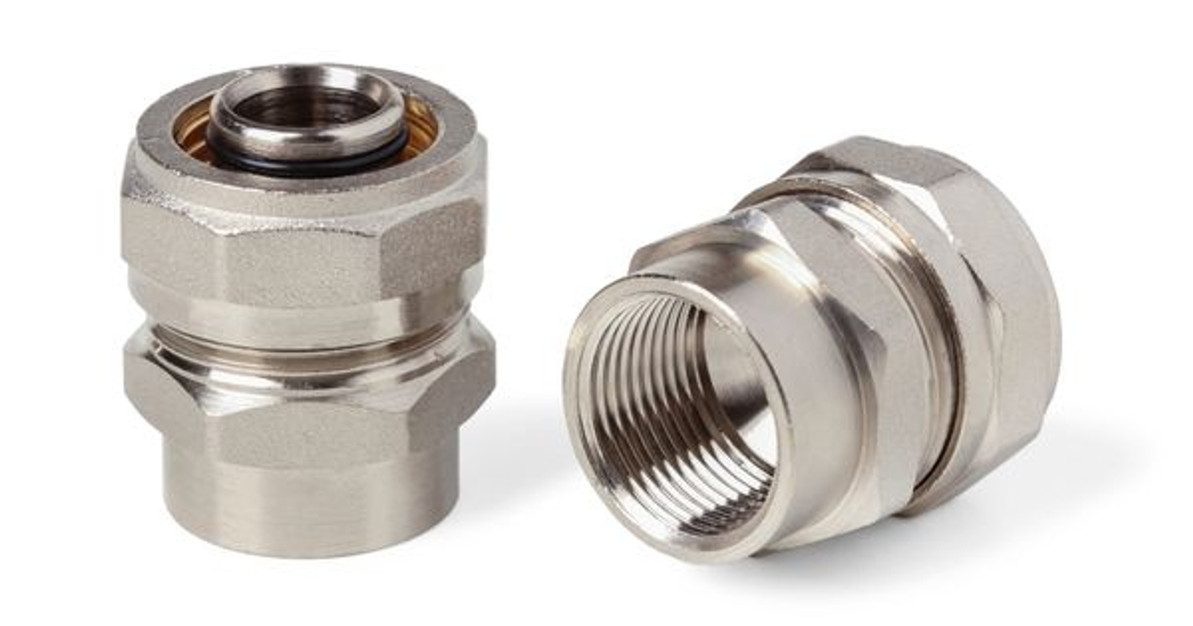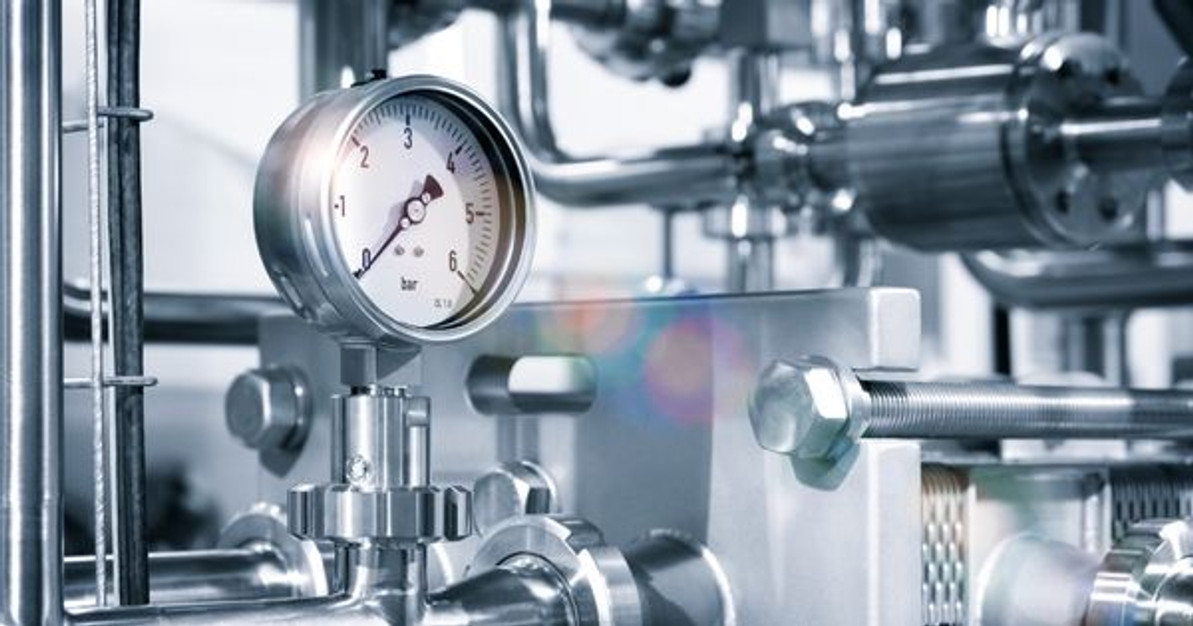 Nov 13th 2017
Nov 13th 2017 Sanitary Stainless Steel Fittings: Servicing The Dairy Industry

What do all the above things have in common? Well, for one, we’re extremely knowledgeable about each one of them. In addition, our expertise in stainless steel and the associated parts we carry here at Chemseal play an extremely vital role in keeping products safe and healthy for consumers around the world. Because stainless steel is such a useful, hygienic material to process food and beverages as well as pharmaceutical and other consumable products, we decided long ago to specialize in carrying many different stainless steel fittings. Since our founding 19 years ago, Chemseal is proud to have worked with multiple industries by providing our expert hygienic piping design services.
Integral Solutions For Dairy Production In The United States
One of the main industries that we work with is the dairy industry. Whether or not you choose to consume dairy products, the reality is that dairy production in the United States is held to extremely strict sanitation standards. Our Chemseal and Trynox products are specifically designed to work with industries like dairy production to ensure that products are manufactured up to the strictest standards every single time.
We’re going to briefly look at what it takes to meet some of these dairy safety standards in today’s blog post. Feel free to shop our site for integral solutions like branch valves, concentric reducers, welding tees, stainless steel butterfly valves, and more, and as always, feel free to contact us if you have any questions!
The Sheer Importance Of Hygienic Manufacturing Practices
Foodborne illness and contamination are no laughing matter. What’s even more unfortunate is that a number of these outbreaks begin in the processing stages, and are entirely preventable with the right practices and materials, like sanitary stainless steel parts. A health violation could not only ruin your reputation as a food or beverage manufacturing company, but the health and wellbeing of innocent consumers can also be compromised. For many good reasons, it makes sense to weigh heavy importance on sanitation and hygienic manufacturing practices.
Dairy Plant Sanitation
Good sanitary practices start in the milking parlor and continue through to the delivery of your dairy products to the consumer. The sanitation controls set in place for dairy companies are an element of the Food Safety Modernization Act, an important government measure that we’ve touched on in the past. These sanitation controls, as dictated by the United States government, can encompass things like:
- Hygiene of personnel
- Handling of ingredients, packaging material, and finished products
- Processing and packaging equipment
- Fermentation and aging rooms
- Storage areas
- The entire facility environment
- Other areas of concern
Relevant Cleaning and Sanitation Procedures
Thoroughly sanitizing areas of a dairy production should be streamlined process, but should also be done with care and accountability every single time. Typical dairy sanitation processes include Good Manufacturing Practices (GMPs), Prerequisite Programs (PPs), Sanitation Standard Operating Procedures (SSOPs), and a master sanitation plan for tasks that are completed on a daily, weekly, monthly, or semi-annual basis.
It is very important to have a well-informed and properly-trained staff, as they provide the foundation for safe food and beverage processing. In terms of training your staff, the key concepts of sanitation control include knowing what to clean, what soils are present, what the best practices are for cleaning steps and washing factors and understanding how to clean chemicals safely...you know, with other chemicals.
Cleaning vs Sanitizing
Though we’ve covered the distinction between cleaning and sanitizing before, a quick refresher never hurts. In fact, it’s our business to do so! Understanding the difference between these two actions is important for quality sanitation control. Put simply, cleaning removes the soil from surfaces, whereas sanitizing actually reduces (and attempts to eliminate, if possible) the microorganisms on a particular surface. Because you cannot sanitize dirt, an area must be thoroughly cleaned before it can be sanitized.
What To Clean
All food contact surfaces should be cleaned. In addition, cleaning the outside of equipment and personnel hygiene are also necessary to maintain a sanitary environment for food processing. Of course, there is more to the dairy sanitation process, but these are rudimental areas of concern that must be addressed.
Your Sanitation Is Our Business
For the dairy industry and more, Chemseal carries many Trynox stainless steel fittings and sanitary stainless steel tubing for your hygienic piping design. Don’t put the public’s health at risk with inferior hygienic fittings. Contact Chemseal today to see how we can help your manufacturing operation.
 Nov 13th 2017
Nov 13th 2017 Recent Posts
-
Nov 7th 2022
What Is Food-Grade Stainless Steel Tubing?
Businesses that produce food and beverage products must operate hygienically. Sterile environments a …Nov 7th 2022
-
Oct 11th 2022
Why Sanitary Fittings Are Important for the Medical Industry
Sanitary fittings are useful for many industries. Food and beverage manufacturers have used these to …Oct 11th 2022
-
Sep 23rd 2022
What Is the Max Operating Temperature for Stainless Steel?
Stainless steel is valued in many industrial applications because it’s capable of withstanding high …Sep 23rd 2022





